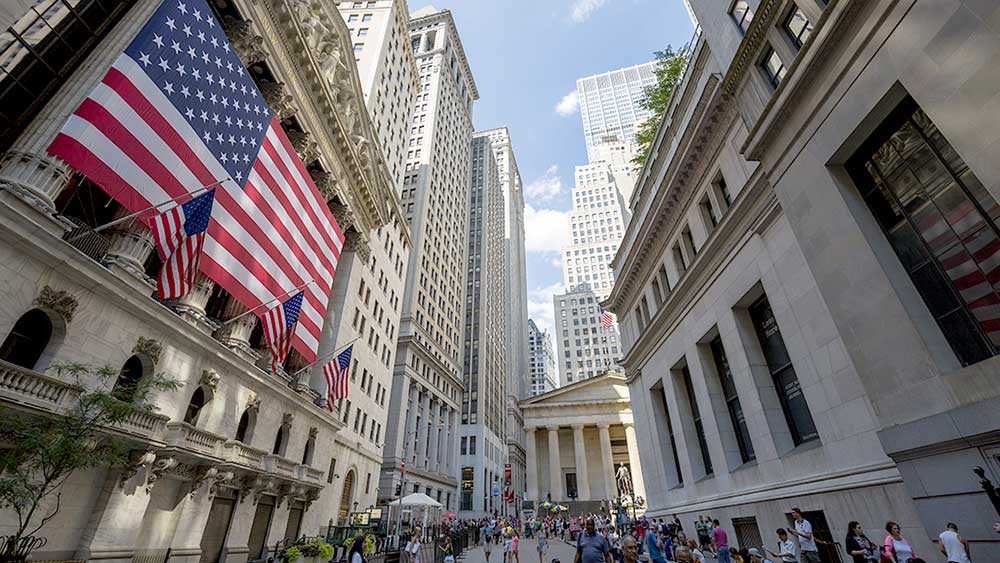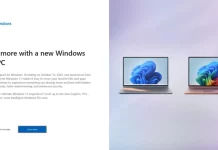
Whether you are a novice investor looking to get started or an active trader handling your own investments, it’s important to understand that commissions and fees limit your total returns over time. By learning how to trade stocks for free, you’ll not only save money, but your investments will potentially compound at a faster rate.
Investing in the stock market is commonly referred to as a zero-sum game: for every transaction, there must be a winner and a loser. Sometimes the buyer of the stock wins the game, sometimes the seller comes out ahead. Either way, the net gain or loss must always reach a balance of zero.
In this scenario, there is a third-party participant that always comes out ahead: the broker charging commissions to both the buyer and the seller. Regardless of who wins the trade, the broker makes money by charging both sides to play the game.
May Day
Historically, commissions were fixed-rate and were based on the share price and the amount of shares purchased. Shares of stock were usually purchased in even lots, or quantities of 100 shares. Professor Charles M. Jones of Columbia Business School published a study called “A Century Of Stock Market Liquidity And Trading Costs” and found that
“At the end of 1962, the average NYSE share price was $40. Trading 100 shares of such a stock would result in a one-way commission of $39, or 0.975% of the money involved. This is a substantial fraction.”
On May 1, 1975, deregulation allowed for brokers to charge variable commissions rather than fixed rates, encouraging competition and leading to the rise of Charles Schwab SCHW -0.31% and other discount brokers. This was a game-changer, opening the door for the DIY retail investor to participate in the market while paying more manageable commissions.
The rise of discount online brokers like e*Trade in the 1990s brought about a drastic reduction in commission charges. Competition for the active investor’s business has heated up to the point that commissions have never been cheaper. Big names like e*Trade and TD Ameritrade charge $6.95 per trade, while Charles Schwab and Fidelity have lowered their commissions to just $4.95.
As if that wasn’t cheap enough, I’ve found several methods for investors to trade stocks for free. If there’s one thing consumers like more than low-cost services, it’s something obtainable for free. Using these platforms to invest can save you hundreds or even thousands of dollars per year.
Whether you are a novice investor looking to get started or an active trader handling your own investments, it’s important to understand that commissions and fees limit your total returns over time. By learning how to trade stocks for free, you’ll not only save money, but your investments will potentially compound at a faster rate.
Investing in the stock market is commonly referred to as a zero-sum game: for every transaction, there must be a winner and a loser. Sometimes the buyer of the stock wins the game, sometimes the seller comes out ahead. Either way, the net gain or loss must always reach a balance of zero.
In this scenario, there is a third-party participant that always comes out ahead: the broker charging commissions to both the buyer and the seller. Regardless of who wins the trade, the broker makes money by charging both sides to play the game.
May Day
Historically, commissions were fixed-rate and were based on the share price and the amount of shares purchased. Shares of stock were usually purchased in even lots, or quantities of 100 shares. Professor Charles M. Jones of Columbia Business School published a study called “A Century Of Stock Market Liquidity And Trading Costs” and found that
“At the end of 1962, the average NYSE share price was $40. Trading 100 shares of such a stock would result in a one-way commission of $39, or 0.975% of the money involved. This is a substantial fraction.”
On May 1, 1975, deregulation allowed for brokers to charge variable commissions rather than fixed rates, encouraging competition and leading to the rise of Charles Schwab SCHW -0.31% and other discount brokers. This was a game-changer, opening the door for the DIY retail investor to participate in the market while paying more manageable commissions.
The rise of discount online brokers like e*Trade in the 1990s brought about a drastic reduction in commission charges. Competition for the active investor’s business has heated up to the point that commissions have never been cheaper. Big names like e*Trade and TD Ameritrade charge $6.95 per trade, while Charles Schwab and Fidelity have lowered their commissions to just $4.95.
As if that wasn’t cheap enough, I’ve found several methods for investors to trade stocks for free. If there’s one thing consumers like more than low-cost services, it’s something obtainable for free. Using these platforms to invest can save you hundreds or even thousands of dollars per year.
Matador
Another upstart mobile app with its eyes on Robinhood is a company called Matador, which launched in May 2017. Similar in design and concept to Robinhood, Matador also offers free trades and limited research, but its unique feature is its focus on social trading and community.
Users can browse their friend’s profiles to see their holdings, trades and any accompanying percentage gains or losses. While browsing individual stocks, users can see what percentage of total Matador users own the stock, and a global newsfeed shows what the community trends are over time regarding the popularity of certain securities.
The concept of mirror, or copy trading is fascinating and the app, less than a year from its launch, shows long-term potential. Whether Matador will be able to lure investors away from and compete with Robinhood over the long haul or if Robinhood can just copy and implement the community features remains to be seen.
Open A New Brokerage Account Or Switch Brokers For Free Trades
More advanced traders will need to keep at least a portion of their accounts in full-service firms to take advantage of their research, charting tools and money management options. The discount brokers constantly run new promotions to entice investors to open new accounts or switch from their current broker. Promotions vary by firm, but they usually come in the form of free cash for depositing a certain amount into a new account or free trades.
For example, Fidelity currently offers 300 free trades with a $50,000 minimum deposit while TD Ameritrade offer up to $600 and 60 days of commission free trades, depending on the amount deposited.
As with almost anything in life, broker commissions can be negotiable. If you’re currently an active trader, you can always try calling a customer service representative at your broker and try to negotiate a lower rate. Make sure you’ve done your homework beforehand and come armed with information about their competitor’s promotions.
Merrill Edge
Merrill Edge, launched by Merrill Lynch in 2010, offers low-cost trading commissions similar to competitors like Fidelity and TD Ameritrade. What sets Merrill Edge apart, however, is their Preferred Rewards program, which offers up to 100 free trades per month with a $100,000 account balance or 30 free monthly trades with a $50,000 account balance.
It may be only a matter of time before the other brokerages follow suit with similar offers, but for now, Merrill Edge is the only discount broker that offers free trades on a continual monthly basis.
Whatever option you may choose, there’s never been a better time to enhance your returns by keeping your trading costs down to a minimum. Not every trade you make may be a winner, but at least you won’t be paying the house to play the game.
























